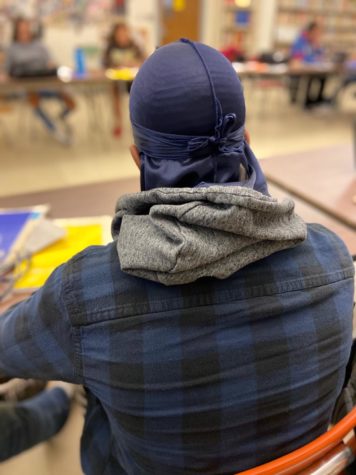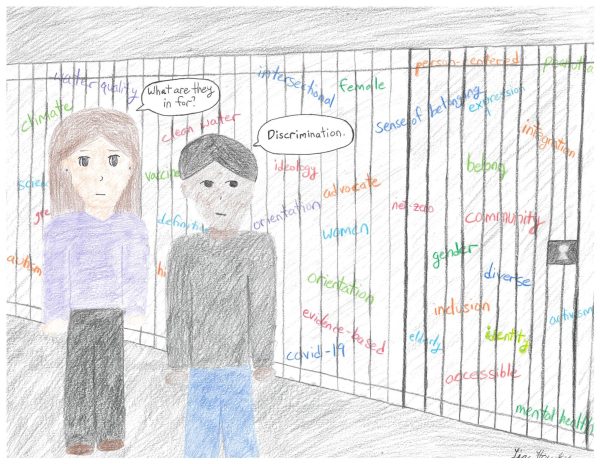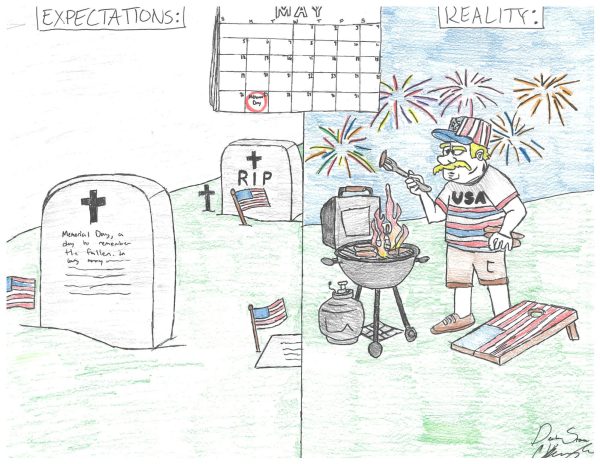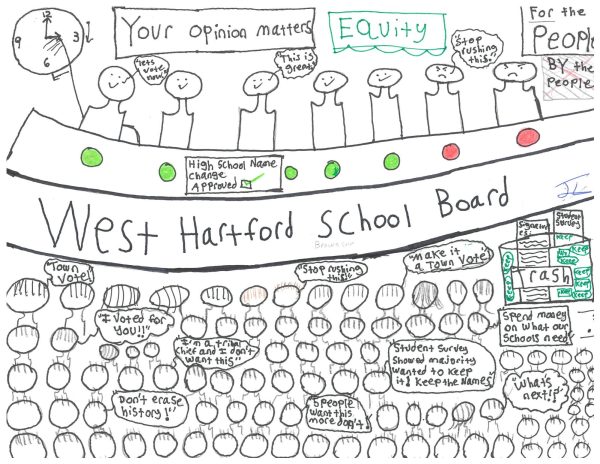Waves on swim? Not at Hall High School

Since the 17th century, durags have evolved from a protective head scarf worn by slaves to an everyday accessory. Teenagers have been wearing durags to school as a way to protect their bed head, protect their newly styled hair, and as a fashion statement. In recent years however school districts have began cracking down or even banning the use of durags in school.
Last year, the Central Office met with faculty from West Hartford public schools to update their dress codes. One of these new adjustments was the ban on durags in schools. We asked Sarah Isaccs, the assistant principal at Hall, to explain how they came to this decision. She said “One thing that was not immediately addressed were durags, unlike hats and hoods. And then the question came up at Conard, and central office came down with their decision. After speaking to students at both hall and Conard and the diversity program, that we would not move forward with durags as a part of the dress code. Its a head covering.” Although students from both schools got to present their thoughts on the decisions, the board made their final decision.
One year since the new dress code, it has left some students feeling persecuted against. Especially since the ban applies to a select few students (black males). We asked Abdullah, a durag aficionado at Hall High School, to explain how the new school rule has affected him and his learning environment. “Makes me feel like a criminal, mad, sad, my waves are sad.” Last year Abdullah met with the diversity board to express these feelings, but nothing came about it.
Durags are used as both a hair protectant and fashion accessory. the hair product was invented in the 70’s by African Americans. These are the people most likely to be seen wearing a durag. This is because durags are meant for a specific hair type; curly. Throughout the 2000’s the durag was very prominent in pop culture. Celebrities from Eminem to Ski Mask the Slump God have helped popularize the durag. The cultural significance behind the durag can’t be overlooked.
People tend to associate African Americans in durags as gang members, or someone who can potentially be dangerous. This stereotype on durags causes people to fear it. Security guards at Hall have stated in the past that the reasoning for banning headwear was for identification purposes and gang affiliation. We asked Mrs. Isaac’s if students may feel threatened by another in a durag. she answered, “No, I hope that would not be anyway someone would treat it.”
The ban on durags affects both males and females. However, it predominantly targets black males. If a girl wears one, she might not be approached the same way a guy might be. Some girls won’t be addressed by anyone at all. As a final question we asked if gender makes a difference as to who can wear it. Mrs. Isaac’s replied, “No, I can only speak for myself, that I will try to address everything [and everyone] equally.”. Abdullah, a Senior, stated that both genders can wear one, all that matters is race. “Because it has a cultural background to our ancestors. It’s like a white person trying to act black.”
Durags are banned and students still have strong opinions about it. Teachers, advisers, and students need to come to an understanding and questions need to be answered.





